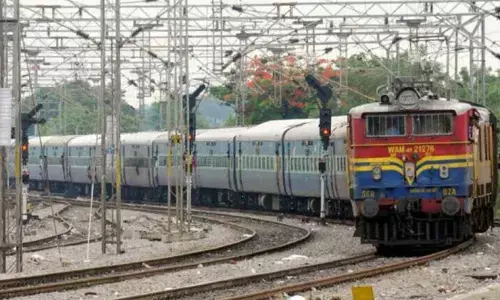The effect of urbanisation on architecture in India

While urbanization presents challenges to traditional Indian architecture and cultural heritage, it also provides opportunities for creative conservation solutions. By fostering collaboration, community involvement, and leveraging technological advancements, India can navigate the complexities of urban growth while safeguarding its rich architectural legacy as a source of pride, identity, and inspiration
India’s architectural heritage, spanning millennia, reflects its rich cultural diversity and historical legacy. From ancient temples and forts to Mughal palaces and colonial-era buildings, these structures are not just monuments but symbols of India’s cultural identity. However, rapid urbanization poses significant challenges to the preservation of this architectural legacy while also offering opportunities for innovative conservation efforts.
As cities expand and modernize, historic neighborhoods and archaeological sites often face the pressures of urban sprawl and development. The demand for space and infrastructure leads to the demolition or modification of traditional buildings, threatening their historical and aesthetic integrity. Urban planning plays a crucial role in balancing the need for modern amenities with the imperative to protect and integrate traditional architectural styles.
Efforts to conserve India’s architectural heritage are multifaceted, encompassing legal frameworks, adaptive reuse strategies, and community engagement. Laws such as the Ancient Monuments and Archaeological Sites and Remains Act provide legal protection to heritage sites, yet implementation challenges persist due to resource constraints and varying levels of enforcement across regions.
Adaptive reuse of historic buildings presents a sustainable approach to heritage conservation. Converting old structures into museums, hotels, or cultural centers not only preserves their historical significance but also revitalizes urban spaces and promotes tourism. Such initiatives demonstrate the economic and cultural value of preserving traditional architecture in a rapidly urbanizing landscape.
Community engagement is vital in fostering a sense of ownership and stewardship towards cultural heritage. Local communities play an active role in conservation efforts through advocacy, participation in restoration projects, and promoting awareness about the significance of historic sites. Education programs, heritage tours, and exhibitions further contribute to public appreciation and understanding of India’s architectural legacy.
Case studies from cities like Agra, home to the iconic Taj Mahal, and Jaipur’s historic pink city illustrate successful heritage conservation practices. Collaborative efforts involving government bodies, non-governmental organizations, and international partners showcase the potential of integrated approaches in safeguarding cultural heritage amidst modern urban development. Looking forward, leveraging technology and innovation can enhance conservation efforts. Digital documentation, 3D modeling, and virtual reality tools aid in preserving and promoting access to heritage sites, offering immersive experiences that engage and educate the public. Embracing sustainable urban planning practices and integrating heritage considerations into development frameworks are essential for preserving India’s architectural treasures for future generations.
In conclusion, while urbanization presents challenges to traditional Indian architecture and cultural heritage, it also provides opportunities for creative conservation solutions. By fostering collaboration, community involvement, and leveraging technological advancements, India can navigate the complexities of urban growth while safeguarding its rich architectural legacy as a source of pride, identity, and inspiration.

















